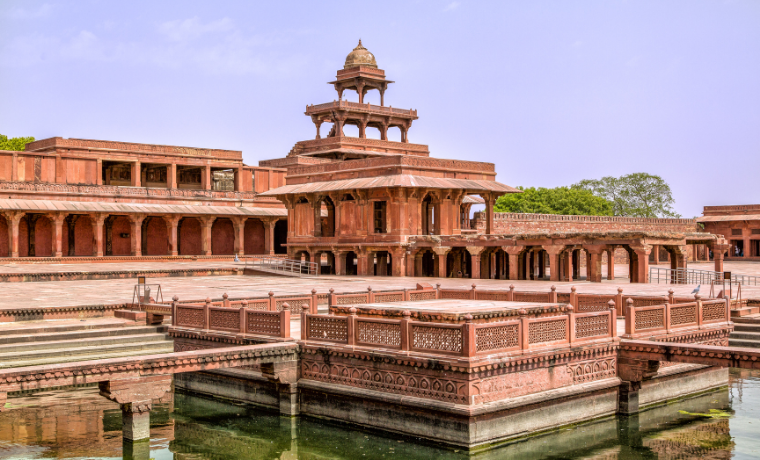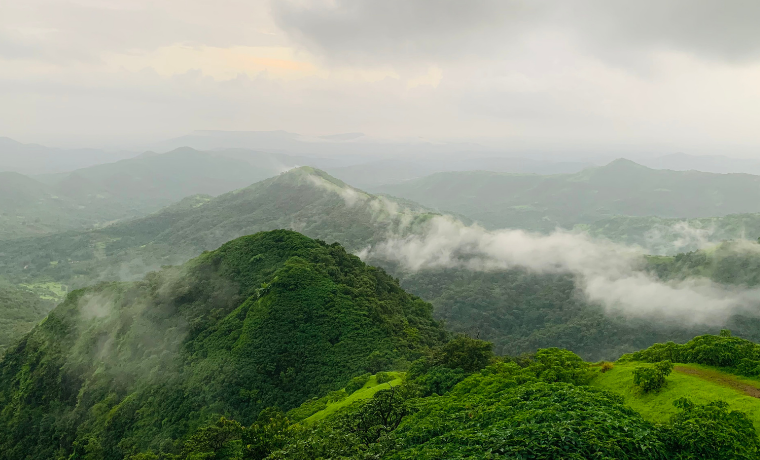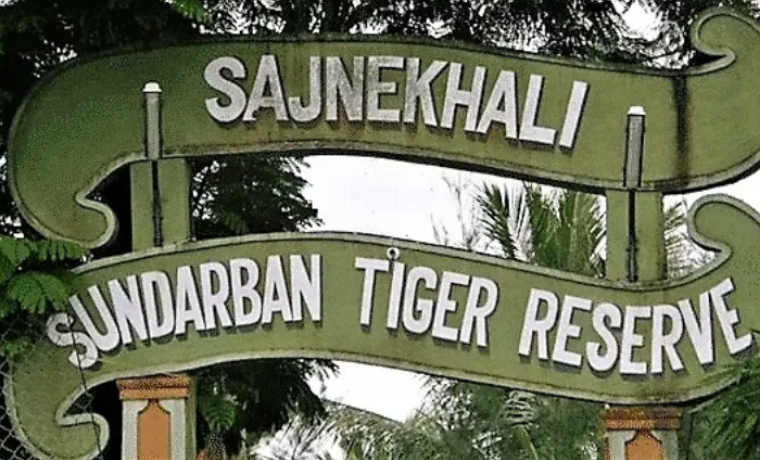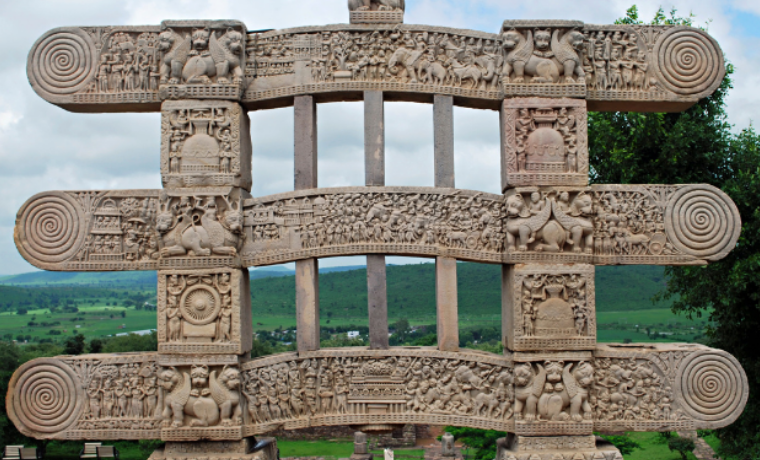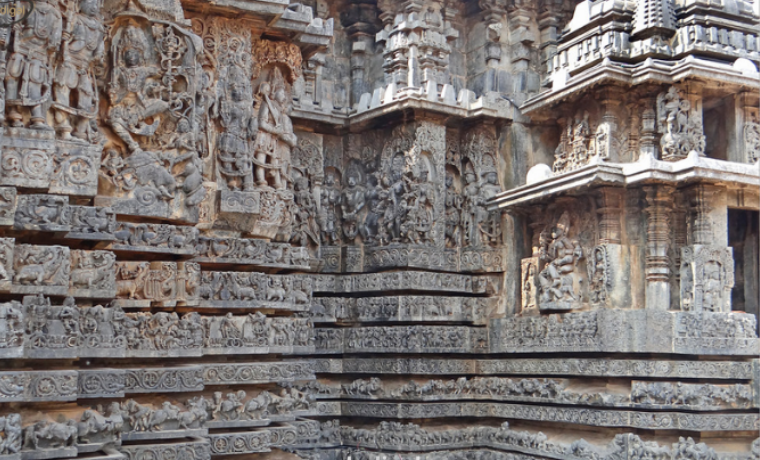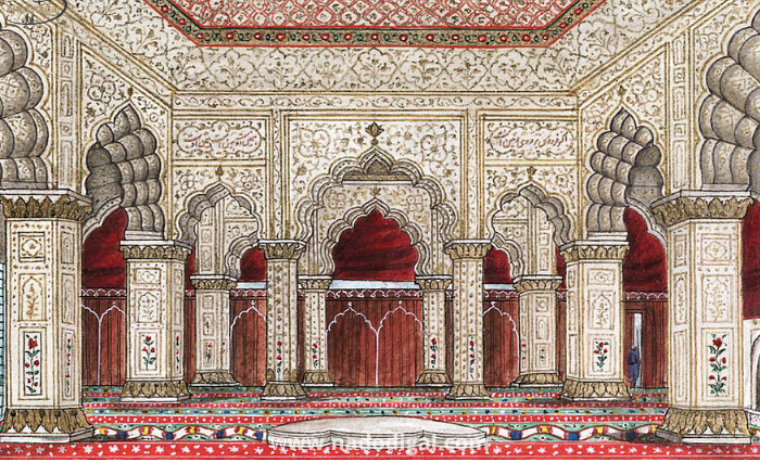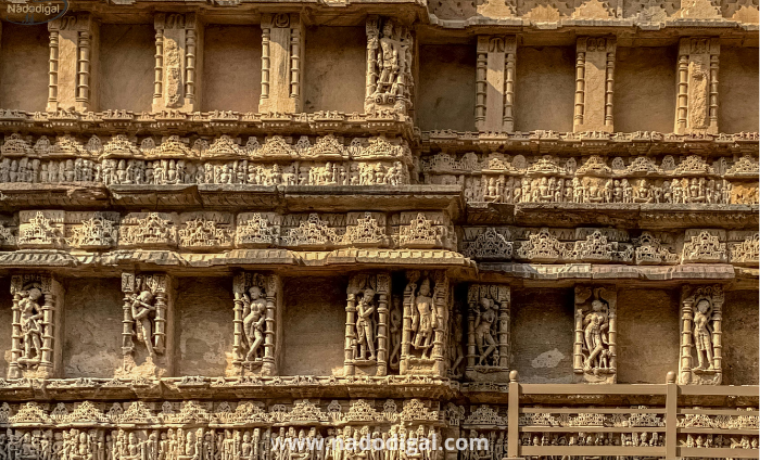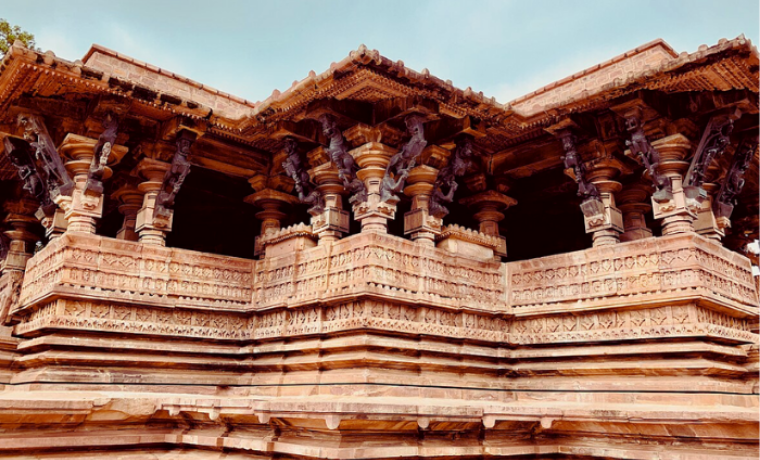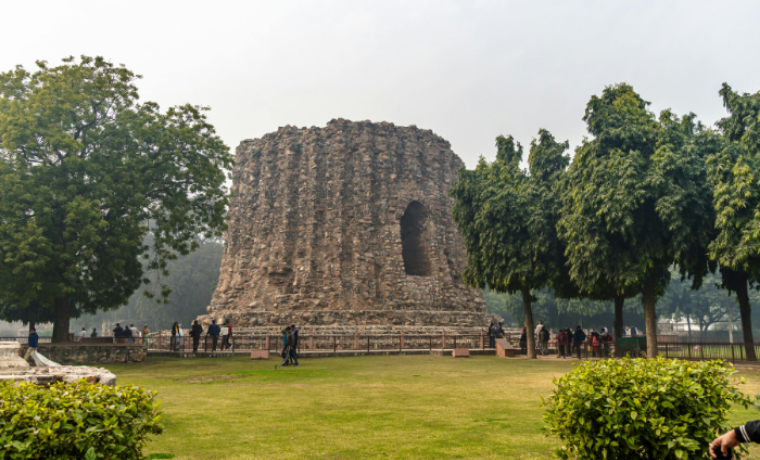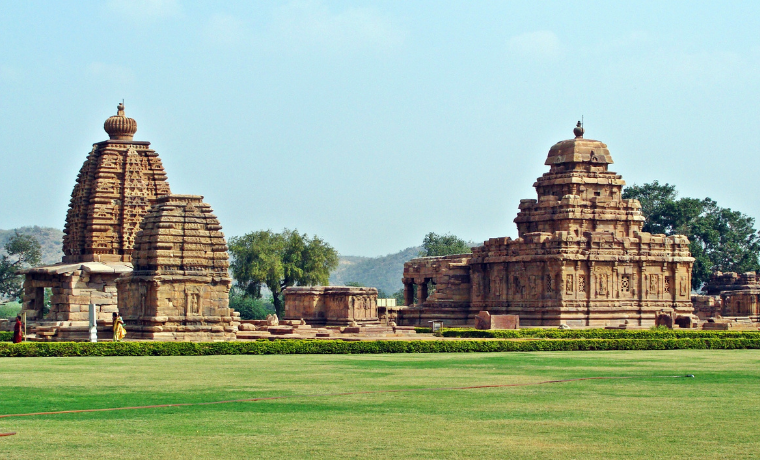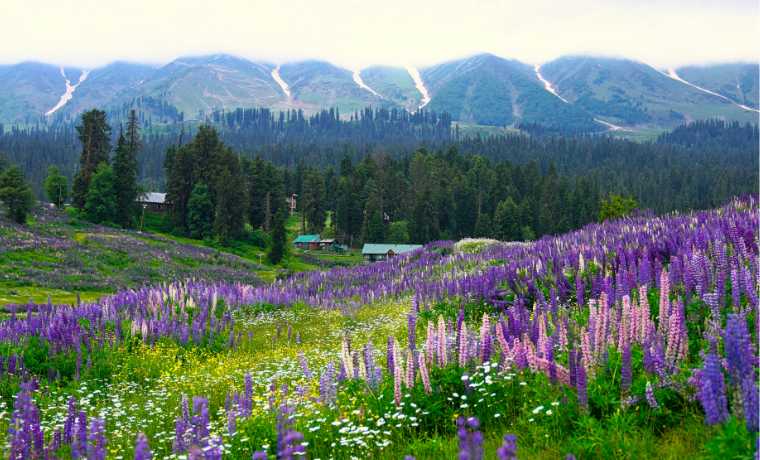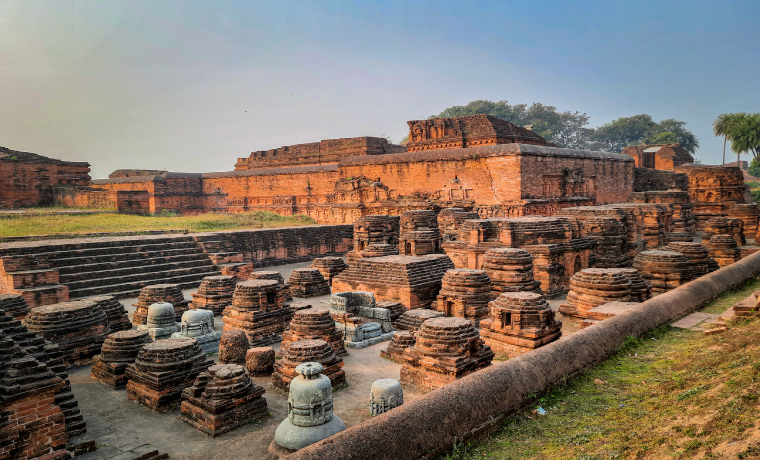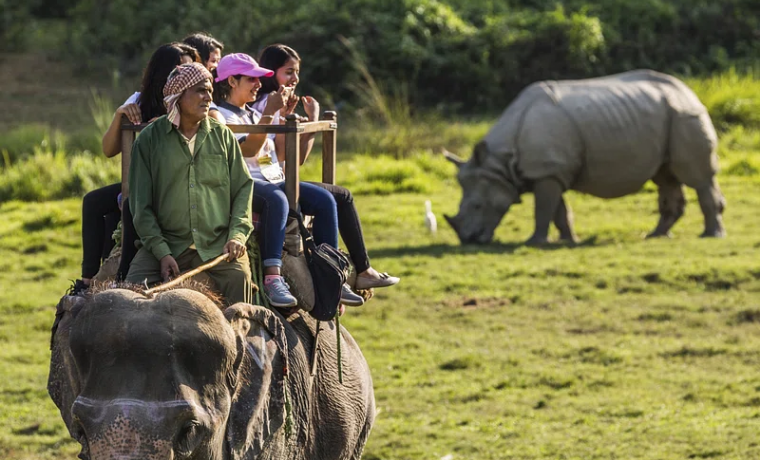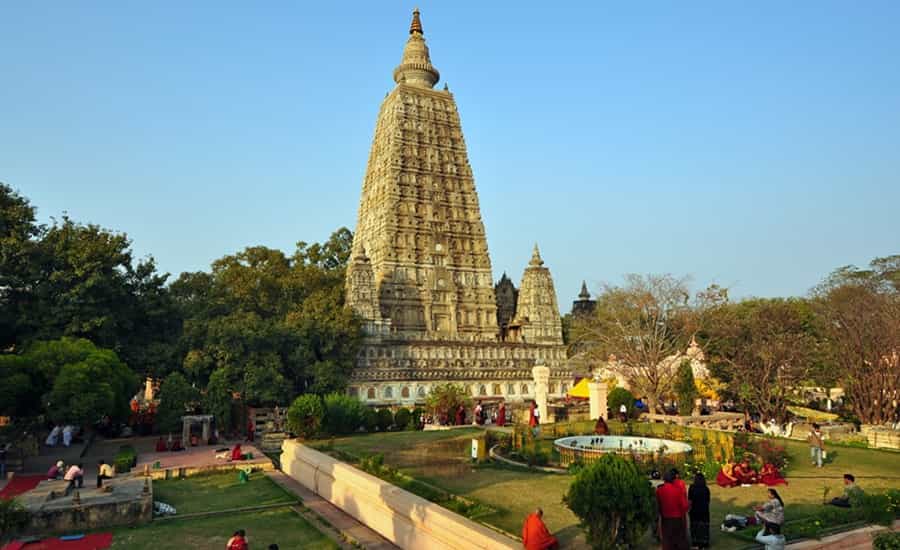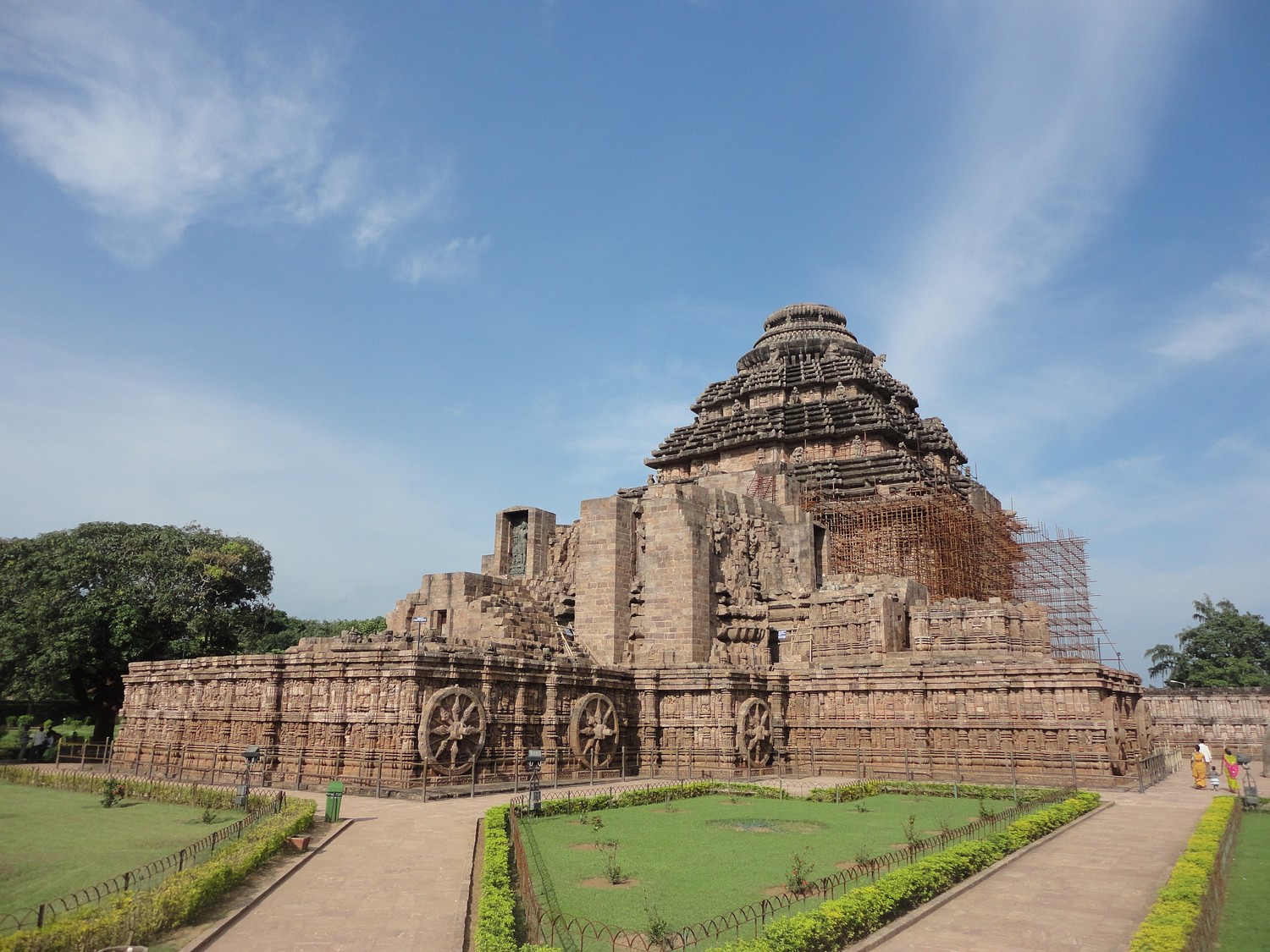Most empires take decades to build.
Akbar? Built a brand-new capital in the middle of nowhere, filled it with royal courts, marble palaces, Sufi shrines, harems, stepwells, and sky-touching gates.
And then... abandoned it.
Like a WhatsApp group that went silent after 3 months of wedding planning.
Welcome to Fatehpur Sikri, the one-time Mughal capital that now lives in history books, pigeon- filled courtyards, and red sandstone echoes.
Also? A UNESCO World Heritage Site since 1986 — and rightly so.
The Backstory – A Sufi Saint, A Baby, and a Royal Decision
Let’s roll back to the 1570s.
The mighty Emperor Akbar (yes, the one who had Birbal and an extremely diverse cabinet) had everything — power, land, elephants, army, wealth... But no son. Desperate for an heir, Akbar visited the Sufi saint Sheikh Salim Chishti in a small village called Sikri, near Agra. The saint blessed him and predicted he would soon have a son. Boom. Prince Salim (later Emperor Jahangir) was born. Akbar, being the overachiever he was, didn’t just send thank-you flowers. He decided to build an entire city at Sikri — in honour of the saint, the prophecy, and his newborn joy.
Thus, Fatehpur Sikri was born — meaning “City of Victory”.
The Construction – Fast, Grand, and Fully Akbar Style
From 1571 to 1585, Fatehpur Sikri became the political capital of the Mughal Empire.
Akbar brought:
• Architects from Persia
• Craftsmen from Gujarat, Bengal, and Rajasthan
• Scholars, poets, artists, mystics, and ministers
• And probably his entire court of 9 Navratnas
What came up was a massive walled city, designed in red sandstone, with a unique blend of Persian, Hindu, Jain, and Islamic styles — a true architectural experiment of inclusivity. But it wasn’t just pretty — it had planning, roads, tanks, markets, and palaces. It was a working city. And the Mughal capital. For a hot second.
What to See – The Red Sandstone Wonderland
Today, Fatehpur Sikri is a well-preserved ghost town. You can walk through it in half a day, but every corner feels like a drama scene waiting to be shot.
Here’s what to look out for:
1. Buland Darwaza – The Tallest Gateway in India
• 54 metres high
• Built to commemorate Akbar’s victory over Gujarat
• You climb 42 steps to reach it
• Inscription at the top reads:
“The world is a bridge. Pass over it, but build no houses on it.” Mic drop, Mughal style.
2. Jama Masjid (Great Mosque)
• Still active as a mosque
• Features a vast courtyard, Persian-style iwan arches, and a strong blend of Indo-Islamic design
• Beautiful jali screens, mihrabs, and inscriptions from the Quran
3. Tomb of Sheikh Salim Chishti
• Right inside the Jama Masjid courtyard
• White marble dargah, with mother-of-pearl inlay work
• Locals still come here to tie threads on the jali and make wishes — especially couples wishing for kids
• Peaceful. Divine. Almost glowing under sunlight.
4. Diwan-i-Khas (Hall of Private Audience)
• Has a single central pillared throne rising to the ceiling
• The throne platform is said to have been used by Akbar during debates
• This is where Akbar discussed religion with Hindus, Jains, Christians, Parsis, and Muslims — his Din-i-Ilahi (a new faith) was born here
5. Diwan-i-Aam (Hall of Public Audience)
• Where Akbar met the common people, heard grievances, and made big announcements
• Red sandstone pillars, canopies, and viewing galleries
6. Panch Mahal
• A five-storey open pavilion
• Each floor smaller than the one below
• Used as a pleasure palace or harem viewing point
• Best breeze in the whole complex — ideal for gossip, music, and chill.
7. Jodha Bai’s Palace
• Whether Jodha was real or just a nickname, this palace is legit
• Blends Hindu and Islamic features
• Courtyards, carved balconies, and vibrant detailing — fit for a queen
8. Birbal’s House
• Smaller but more ornate
• Rich carvings and latticework
• One of the best-preserved buildings in the complex
9. Anup Talao
• A square tank with a central platform connected by causeways
• Probably used for musical performances or religious discussions
• Tansen may have sung here. Imagine the acoustics!
Why It Was Abandoned – The Classic Plot Twist
After just 14 years, around 1585, Akbar left Fatehpur Sikri and moved his capital back to Lahore.
Why?
• Water shortage – The biggest and most agreed-upon reason
• Proximity to Rajput rebellions in Rajasthan
• Logistical issues for army movement
• Some say supernatural stories too, but let’s not go full horror film here
The city was left behind — intact, beautiful, but empty.
Today, it's one of the best-preserved medieval cities in India, even though it’s essentially a ghost town.
Where to Eat Nearby
You won’t find luxury cafes inside Fatehpur Sikri. But outside the main complex, there are decent
options:
Sher-e-Punjab Dhaba
Near Fatehpur Sikri Parking
Try:
• Aloo Paratha with curd
• Lassi that comes in steel tumblers
• Paneer Masala Thali
Or head to Ram Babu Parantha Bhandar in Agra (about 40 km away) for one of the best North Indian breakfasts you’ll ever have.
How to Reach Fatehpur Sikri
From Agra:
• 40 km west (~1 hour drive)
• State buses, shared cabs, and private taxis available
• Also connected by train (Fatehpur Sikri railway station)
From Delhi:
• ~240 km
• Take a train to Agra, then local transport
Best Time to Visit:
• October to March (avoid summer — the sandstone radiates heat like an oven)
Entry Ticket
• Indians: ₹40
• Foreigners: ₹600
• Camera: ₹25
• Children under 15: Free
• Closed on Fridays (dargah stays open)
UNESCO World Heritage Info
• Declared: 1986
• Recognized for:
“A perfectly preserved example of Mughal planning, architecture, and culture, blending Indian, Persian, and Islamic traditions in an exceptional ensemble.”
Final Thoughts – A City That Echoes
Fatehpur Sikri is a love letter.
To belief. To architecture. To power. To failure.
It’s a reminder that even emperors can build big and still leave quietly. You walk through those red corridors and feel the emptiness, but also the intention.
Akbar didn’t just want a capital — he wanted a dialogue between faiths, a place where art, politics, love, and intellect could thrive.
With Nadodigal, it’s not just ruins. It’s royalty frozen in sandstone.
